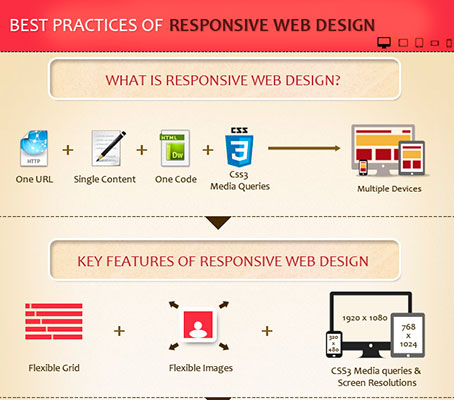Intrigued In Finding Out Just How Site Style Has Evolved Over The Years? Discover The Journey From Standard, Uncomplicated Designs To User-Centric User Interfaces That Prioritize The Site Visitor'S Experience
Intrigued In Finding Out Just How Site Style Has Evolved Over The Years? Discover The Journey From Standard, Uncomplicated Designs To User-Centric User Interfaces That Prioritize The Site Visitor'S Experience
Blog Article
Web Content Written By-Monroe Gibbons
In the past, web sites were simple and concentrated on details. Navigation was straight, and design was for desktop computers. Now, individual experience is crucial. Information guides designs for easy navigation. Receptive designs suit different devices. Today, dark mode reduces stress, and minimalist menus boost navigation. Interactive functions engage users, and bold visuals stand out. AI assimilation enhances interaction. See just how ada compliance for websites 2020 has actually advanced to boost your online trip.
Very Early Days of Website Design
In the very early days of web design, simpleness reigned supreme. Websites were standard, with restricted shades, typefaces, and layouts. The emphasis got on providing details as opposed to showy visuals. Customers accessed the web through slow dial-up connections, so speed and functionality were essential.
Navigation food selections were straightforward, commonly located at the top or side of the page. Web sites were created for home computer, as mobile surfing had not been yet prevalent. Material was king, and designers focused on simple readability over complex design elements.
HTML was the key coding language made use of, and developers had to work within its restraints. Animations and interactive features were very little compared to today's standards. Internet sites were static, with little vibrant web content or personalized individual experiences.
Increase of User-Focused Style
With the advancement of web site design, a shift in the direction of user-focused layout concepts has ended up being increasingly noticeable. Today, developing websites that focus on user experience is crucial for involving visitors and achieving service goals. User-focused layout involves comprehending the demands, preferences, and behaviors of your target market to tailor the site's format, material, and features appropriately.
Designers now conduct complete research, such as customer surveys and use testing, to gather understandings and responses straight from individuals. This data-driven technique aids in producing intuitive navigation, clear calls-to-action, and visually enticing user interfaces that reverberate with site visitors. By placing the individual at the center of the layout process, web sites can deliver a more customized and delightful experience.
Responsive design has also emerged as a crucial facet of user-focused layout, making certain that sites are enhanced for numerous devices and screen dimensions. This versatility enhances availability and usability, catering to the diverse means individuals connect with sites today. In essence, the rise of user-focused layout symbolizes a shift in the direction of producing digital experiences that focus on the needs and expectations of the end individual.
Modern Trends in Web Design
Explore the most up to date trends forming web design today. One popular trend is dark mode design, offering a streamlined and modern appearance while decreasing eye stress in low-light settings. ada compliance for website accessibility is minimal navigation, simplifying menus and enhancing customer experience by concentrating on essential elements. Incorporating micro-interactions, such as animated switches or scrolling results, can create an extra interesting and interactive site. Receptive design remains important, making certain seamless user experiences across various tools. In addition, using strong typography and asymmetrical formats can add aesthetic interest and accentuate particular web content.
Incorporating AI innovation, like chatbots for client support or tailored referrals, boosts customer involvement and improves processes. Ease of access has also come to be a substantial pattern, with designers prioritizing comprehensive layout methods to deal with diverse user requirements. Accepting sustainability by optimizing web site performance for speed and efficiency is one more emerging fad in website design. Teaming up with customer feedback and information analytics to repeat and improve style continuously is vital for remaining appropriate in the ever-evolving electronic landscape. By accepting these contemporary patterns, you can develop a visually attractive, user-friendly site that resonates with your target market.
Verdict
As you assess the development of internet site layout from the very early days to now, you can see how user-focused style has ended up being the driving pressure behind modern-day patterns.
Welcome the journey of change and adaptation in website design, constantly maintaining the individual experience at the leading edge.
Remain existing with the latest fads and modern technologies, and never stop progressing your approach to create visually magnificent and user-friendly sites.
Develop, adjust, and produce - the future of web design remains in your hands.
